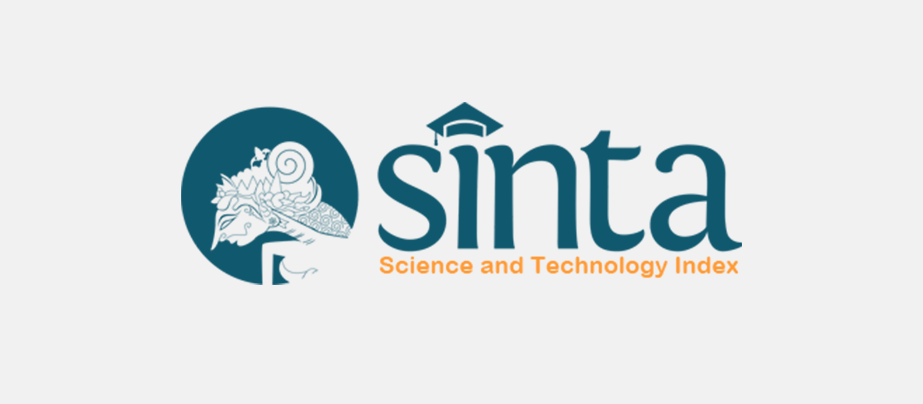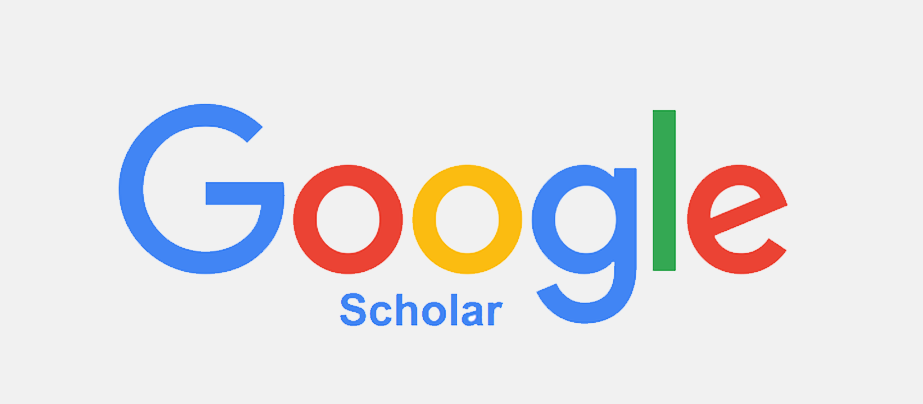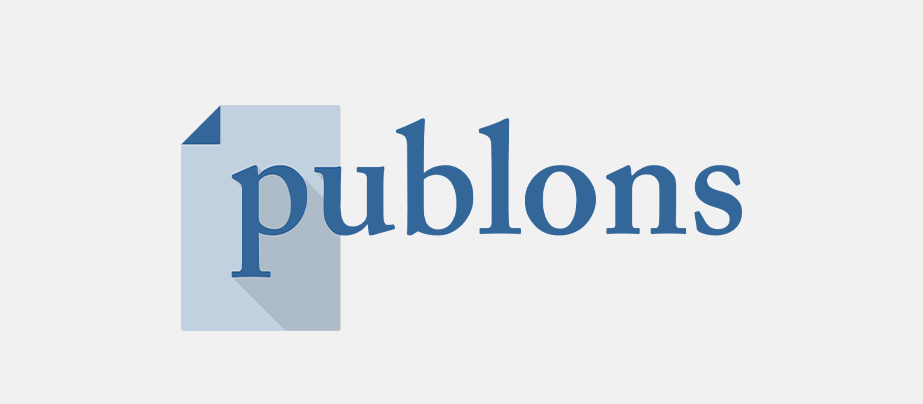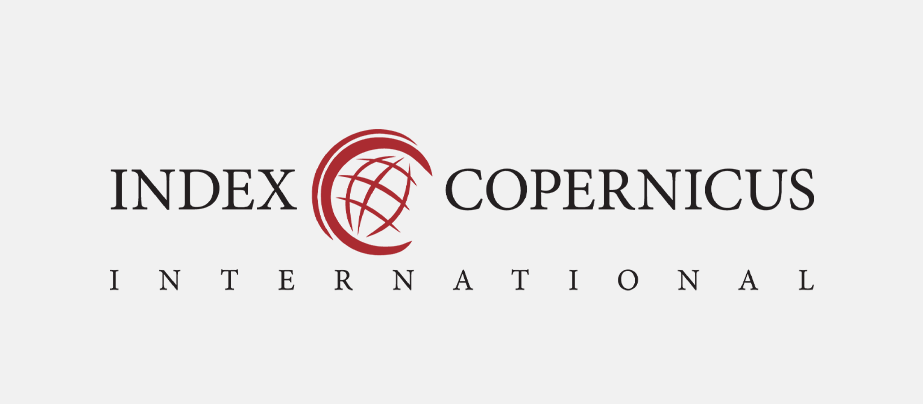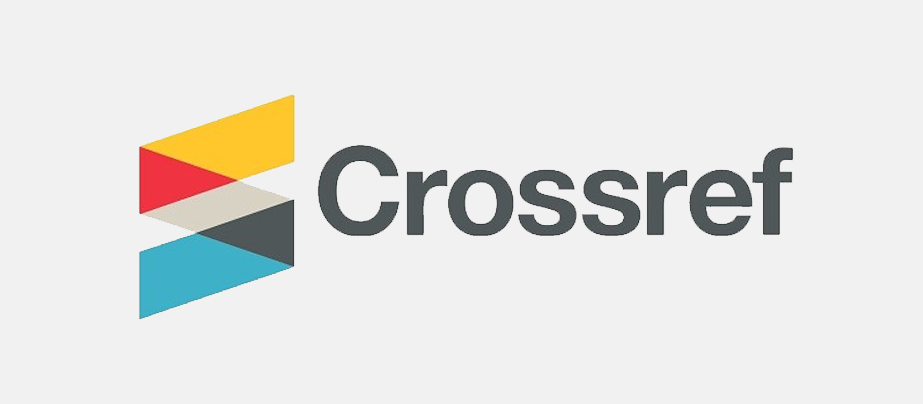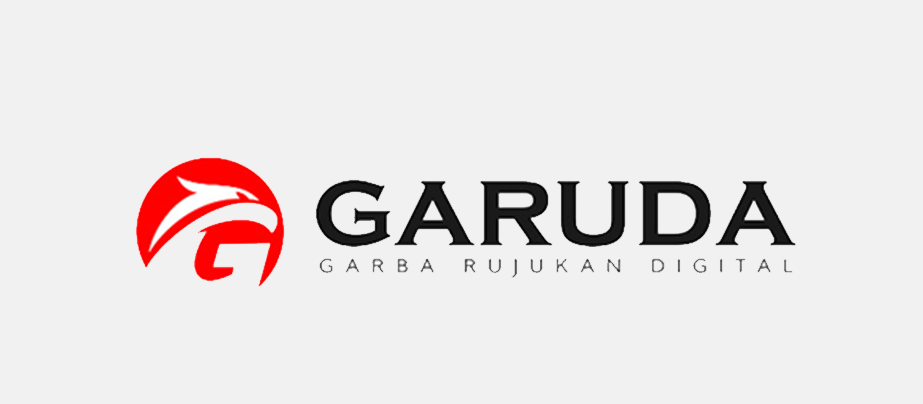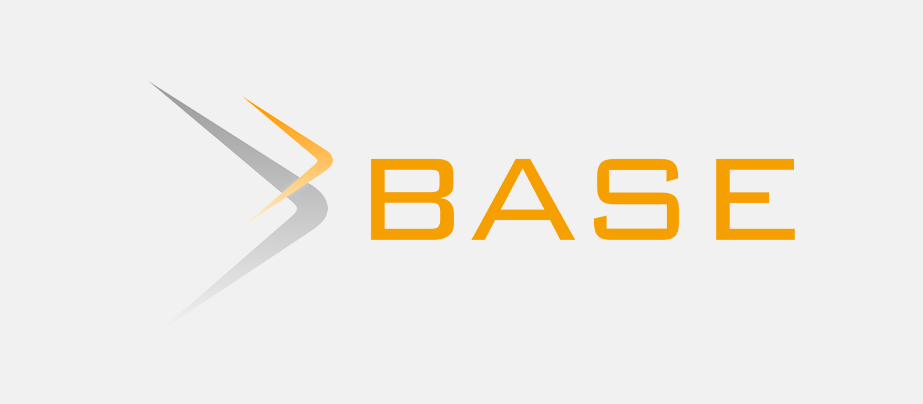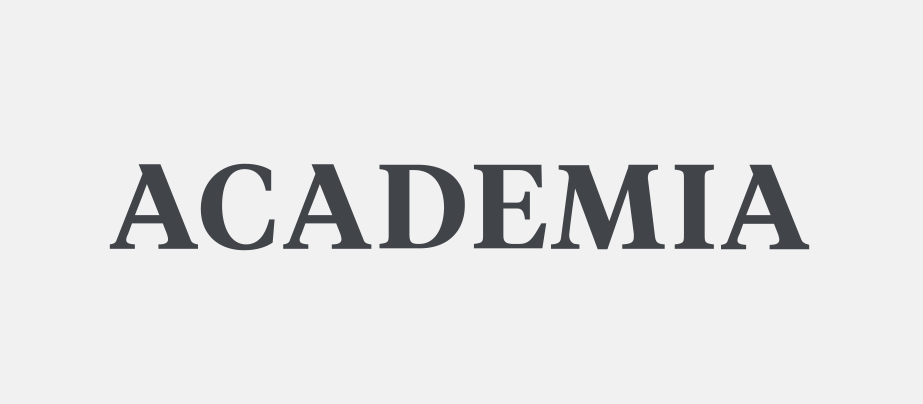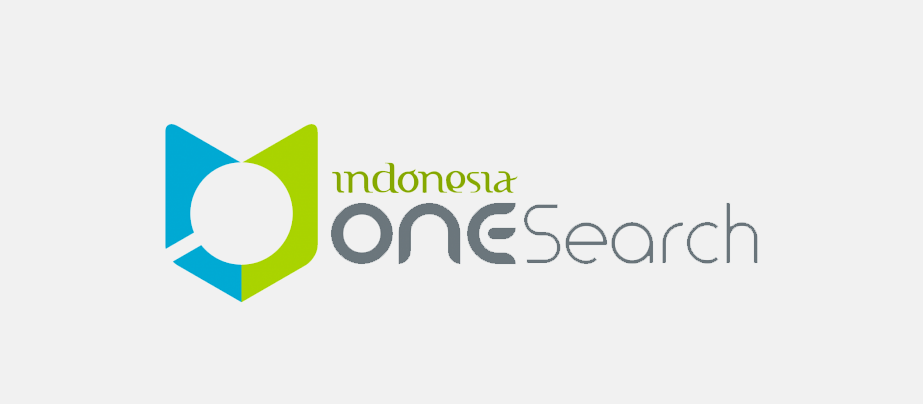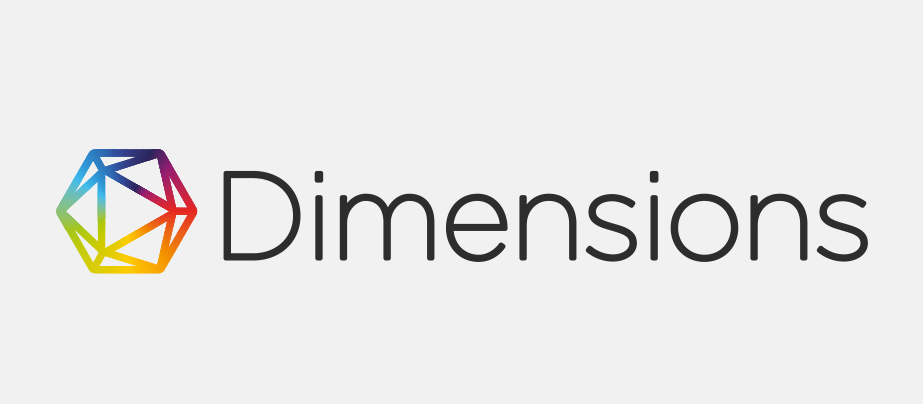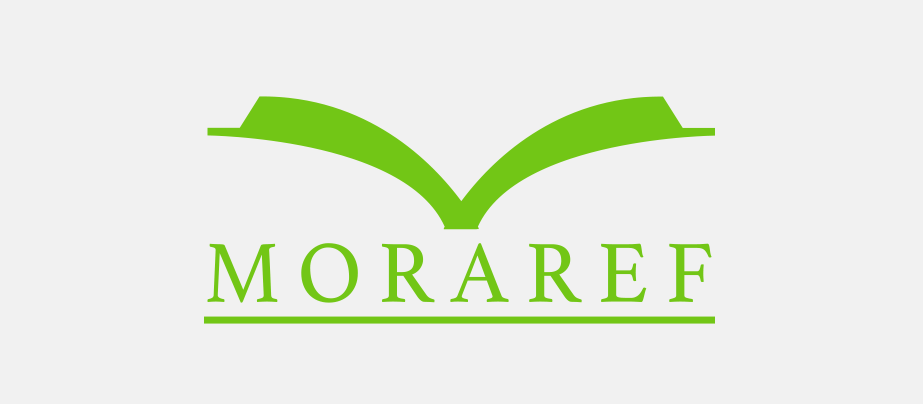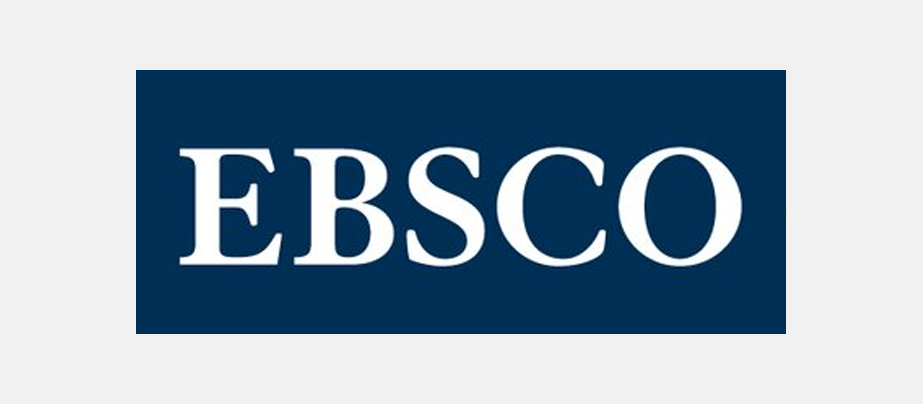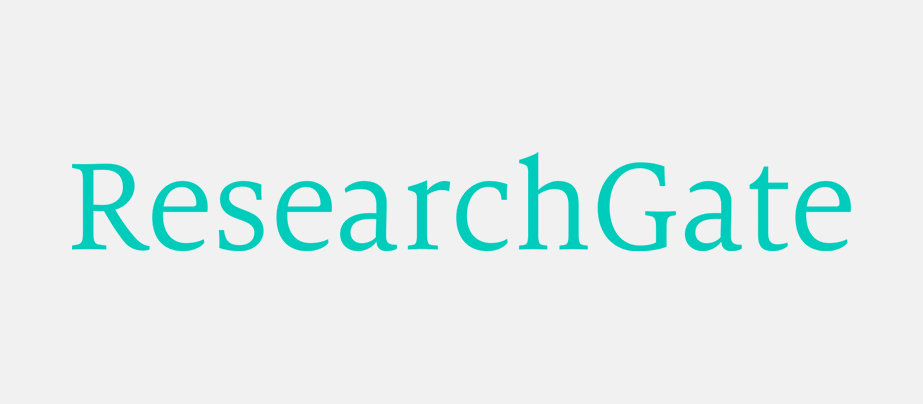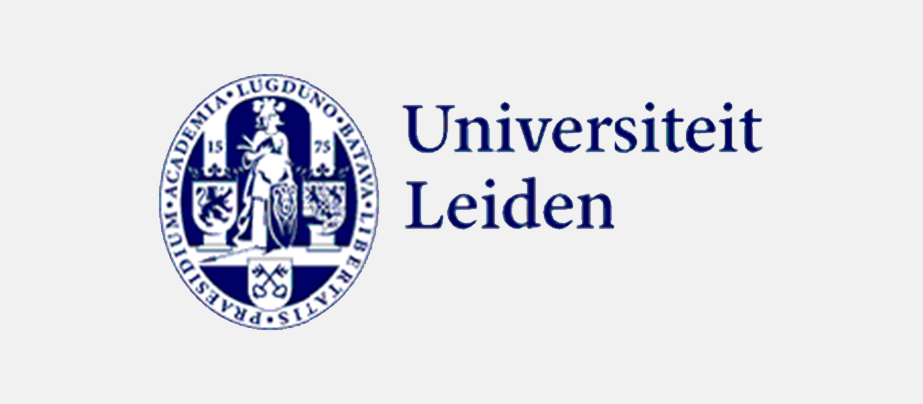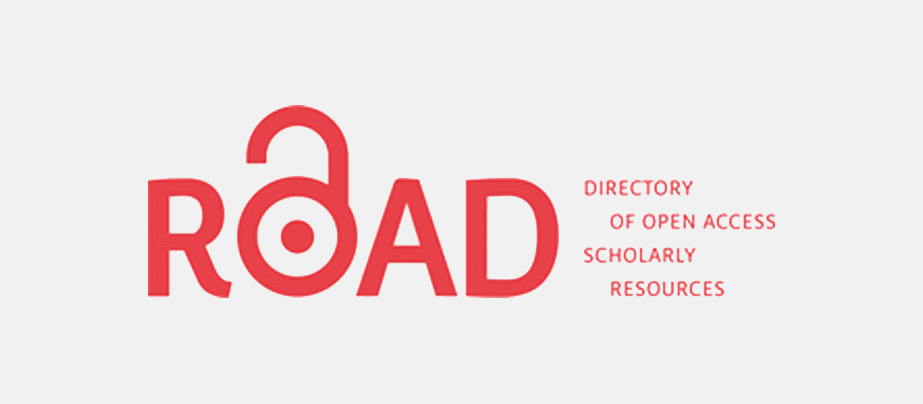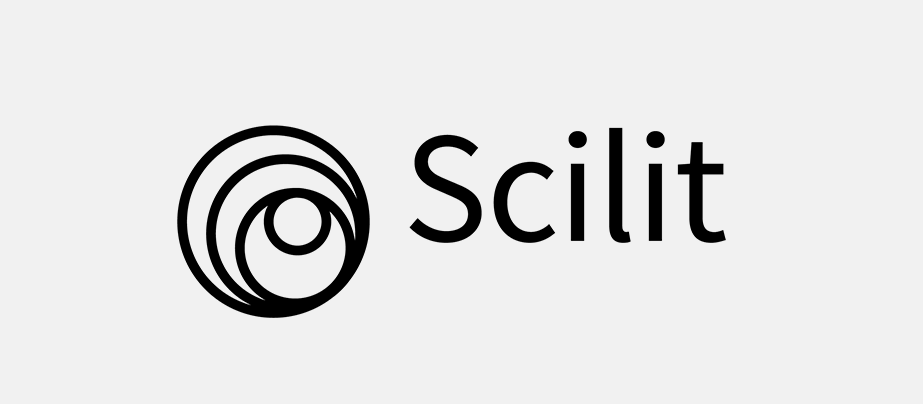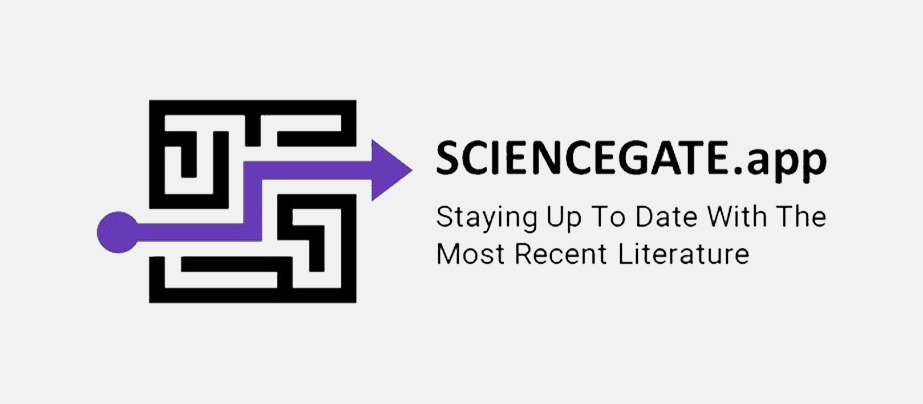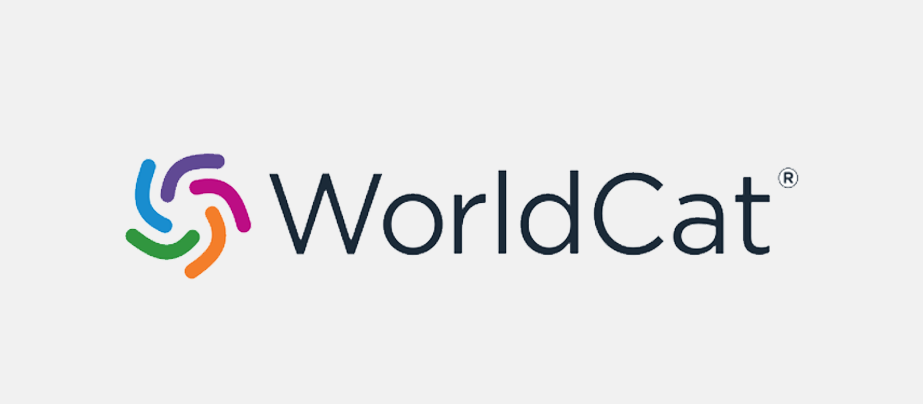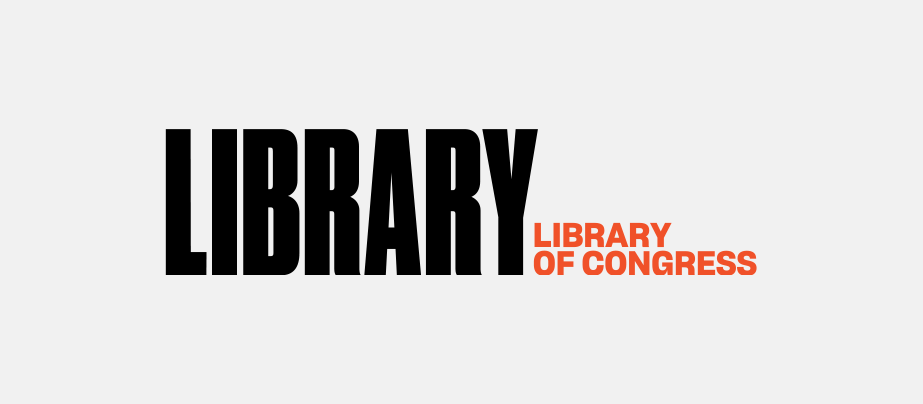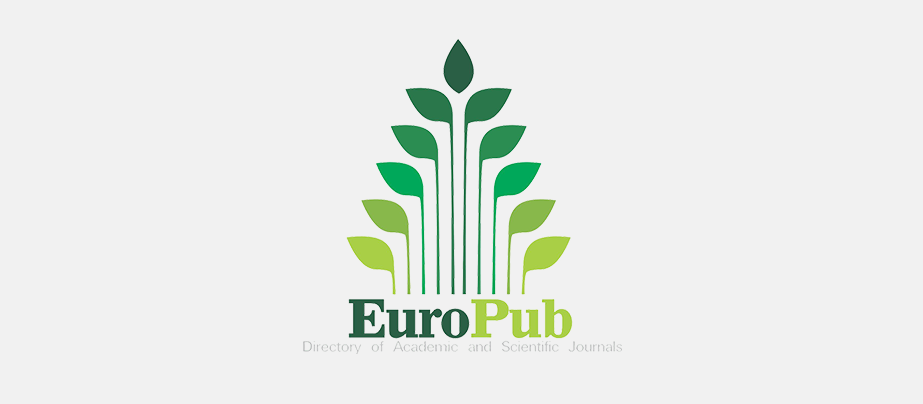- Focus and Scope
- Section Policies
- Peer Review Process
- Publication Frequency
- Open Access Policy
- Archiving
- Budapest Open Access Initiative
- Policy of Screening for Plagiarism
- Publication Ethics
- Correction and Retraction Policies
- Withdrawal of Manuscripts
- Index Information
- Accreditation
Focus and Scope
This journal of law with various aspects that consist of articles of researches and academic thoughts. It is a medium of academic publication and communication for experts and researchers who are concerned with law and Islamic law in the various perspective, which specified as follows:
- Law and Islamic law in the modern state
- Law and Islamic law as positive law
- Law and Islamic law as a living law
- Unification and harmonization of law
Section Policies
Artikel
Peer Review Process
Media Syari’ah: Wahana Kajian Hukum Islam dan Pranata Sosial uses a double-blind review policy, in which the identity of both authors (s)' and the reviewer(s)' is kept hidden until the submitted article is published.
The research article submitted to this online journal will be peer-reviewed at least 2 (two) reviewers. The accepted research articles will be available online following the journal peer-reviewing process. The language used in this journal is English or Indonesia.
Peer review is designed to assess the validity, quality, and often the originality of articles for publication. Its ultimate purpose is to maintain the integrity of science by filtering out invalid or weak quality articles.
From a publisher's perspective, peer review functions as a filter for content, directing better quality articles to better quality journals and so creating journal brands.
Running articles through the process of peer review adds value to them. For this reason, publishers need to make sure that peer review is robust.
Editor Feedback
"Pointing out the specifics about flaws in the paper's structure is paramount. Are methods valid, is data presented, and are conclusions supported by data? (Editor feedback)
If an editor can read your comments and understand clearly the basis for your recommendation, then you have written a helpful review. (Editor feedback)
Peer Review at Its Best
What peer review does best is to improve the quality of published papers by motivating authors to submit good quality work and helping to improve that work through the peer-review process.
Each submitted article is evaluated on the following basis:
- The originality of its contribution to the field of scholarly publishing;
- The soundness of its theory and methodology gave the topic;
- The coherence of its analysis;
- Its ability to communicate to readers (grammar and style); and
The writing format matched with the journal's submission guide. Normal turn-around time for screening and evaluation of manuscripts is three months from the date of submission. Assuming, the incoming paper is accepted by the editor will be forwarded to the section editor according to the field of approximately one day. Then the Section editor will analyze for 14 days. The section editor will send it to 2 or more reviewers with an estimated one month. The results obtained will be notified to the author one day after summarizing the reviewer's decision.
Publication Frequency
Media Syari'ah: Wahana Kajian Hukum Islam dan Pranata Sosial journal is twice a year published, June and December.
Open Access Policy
This journal provides immediate open access to its content on the principle that making research freely available to the public supports a greater global exchange of knowledge. This journal is an open-access journal which means that all content is freely available without charge to users or institutions. Users are allowed to read, download, copy, distribute, print, search, or link to full-text articles in this journal without asking prior permission from the publisher or author.
This work is licensed under a Creative Commons Attribution-ShareAlike 4.0 International License, which permits share, copy, and redistribute the material in any medium or format as long as you give appropriate credit to the original author(s) and the source, provide a link to the Creative Commons license. If you remix, transform or build upon the material, you must distribute your contributions under the same license as the original. The licensor cannot revoke these freedoms as long as you follow the license terms. To view a copy of this license, visit this permalink.
Authors who publish with this journal agree to the following terms:
1. Authors retain copyright and grant the journal right of first publication with the work simultaneously licensed under a Creative Commons Attribution-ShareAlike 4.0 International License that allows others to share the work with an acknowledgment of the work's authorship and initial publication in this journal.
2. Authors are able to enter into separate, additional contractual arrangements for the non-exclusive distribution of the journal's published version of the work (e.g., post it to an institutional repository or publish it in a book), with an acknowledgment of its initial publication in this journal.
3. Authors are permitted and encouraged to post their work online (e.g., in institutional repositories or on their website) prior to and during the submission process, as it can lead to productive exchanges, as well as earlier and greater citation of published work (See The Effect of Open Access).
You are free to:
Share — copy and redistribute the material in any medium or format.
Adapt — remix, transform, and build upon the material for any purpose, even commercially.
The licensor cannot revoke these freedoms as long as you follow the license terms.

This work is licensed under a Creative Commons Attribution-ShareAlike 4.0 International License.
Archiving
This journal utilizes the LOCKSS and CLOCKSS system to create a distributed archiving system among participating libraries and permits those libraries to create permanent archives of the journal for purposes of preservation and restoration. All content in the CLOCKSS Archive and the Global LOCKSS Network is preserved with explicit publisher permission, secured via a written contract or through online permission statements. We work closely with LOCKSS network implementers to facilitate the development of governance and legal terms that are appropriate to the implicated content, jurisdictions, rights, and access affordances.
Budapest Open Access Initiative
An old tradition and a new technology have converged to make possible an unprecedented public good. The old tradition is the willingness of scientists and scholars to publish the fruits of their research in scholarly journals without payment, for the sake of inquiry and knowledge. The new technology is the internet. The public good they make possible is the world-wide electronic distribution of the peer-reviewed journal literature and completely free and unrestricted access to it by all scientists, scholars, teachers, students, and other curious minds. Removing access barriers to this literature will accelerate research, enrich education, share the learning of the rich with the poor and the poor with the rich, make this literature as useful as it can be, and lay the foundation for uniting humanity in a common intellectual conversation and quest for knowledge.
For various reasons, this kind of free and unrestricted online availability, which we will call open access, has so far been limited to small portions of the journal literature. But even in these limited collections, many different initiatives have shown that open access is economically feasible, that it gives readers extraordinary power to find and make use of relevant literature, and that it gives authors and their works vast and measurable new visibility, readership, and impact. To secure these benefits for all, we call on all interested institutions and individuals to help open up access to the rest of this literature and remove the barriers, especially the price barriers, that stand in the way. The more who join the effort to advance this cause, the sooner we will all enjoy the benefits of open access.
The literature that should be freely accessible online is that which scholars give to the world without expectation of payment. Primarily, this category encompasses their peer-reviewed journal articles, but it also includes any unreviewed preprints that they might wish to put online for comment or to alert colleagues to important research findings. There are many degrees and kinds of wider and easier access to this literature. By "open access" to this literature, we mean its free availability on the public internet, permitting any users to read, download, copy, distribute, print, search, or link to the full texts of these articles, crawl them for indexing, pass them as data to software, or use them for any other lawful purpose, without financial, legal, or technical barriers other than those inseparable from gaining access to the internet itself. The only constraint on reproduction and distribution, and the only role for copyright in this domain, should be to give authors control over the integrity of their work and the right to be properly acknowledged and cited.
While the peer-reviewed journal literature should be accessible online without cost to readers, it is not costless to produce. However, experiments show that the overall costs of providing open access to this literature are far lower than the costs of traditional forms of dissemination. With such an opportunity to save money and expand the scope of dissemination at the same time, there is today a strong incentive for professional associations, universities, libraries, foundations, and others to embrace open access as a means of advancing their missions. Achieving open access will require new cost recovery models and financing mechanisms, but the significantly lower overall cost of dissemination is a reason to be confident that the goal is attainable and not merely preferable or utopian.
To achieve open access to scholarly journal literature, we recommend two complementary strategies.
I. Self-Archiving: First, scholars need the tools and assistance to deposit their refereed journal articles in open electronic archives, a practice commonly called, self-archiving. When these archives conform to standards created by the Open Archives Initiative, then search engines and other tools can treat the separate archives as one. Users then need not know which archives exist or where they are located in order to find and make use of their contents.
II. Open-access Journals: Second, scholars need the means to launch a new generation of journals committed to open access, and to help existing journals that elect to make the transition to open access. Because journal articles should be disseminated as widely as possible, these new journals will no longer invoke copyright to restrict access to and use of the material they publish. Instead they will use copyright and other tools to ensure permanent open access to all the articles they publish. Because price is a barrier to access, these new journals will not charge subscription or access fees, and will turn to other methods for covering their expenses. There are many alternative sources of funds for this purpose, including the foundations and governments that fund research, the universities and laboratories that employ researchers, endowments set up by discipline or institution, friends of the cause of open access, profits from the sale of add-ons to the basic texts, funds freed up by the demise or cancellation of journals charging traditional subscription or access fees, or even contributions from the researchers themselves. There is no need to favor one of these solutions over the others for all disciplines or nations, and no need to stop looking for other, creative alternatives.
Open access to peer-reviewed journal literature is the goal. Self-archiving (I.) and a new generation of open-access journals (II.) are the ways to attain this goal. They are not only direct and effective means to this end, they are within the reach of scholars themselves, immediately, and need not wait on changes brought about by markets or legislation. While we endorse the two strategies just outlined, we also encourage experimentation with further ways to make the transition from the present methods of dissemination to open access. Flexibility, experimentation, and adaptation to local circumstances are the best ways to assure that progress in diverse settings will be rapid, secure, and long-lived.
The Open Society Institute, the foundation network founded by philanthropist George Soros, is committed to providing initial help and funding to realize this goal. It will use its resources and influence to extend and promote institutional self-archiving, to launch new open-access journals, and to help an open-access journal system become economically self-sustaining. While the Open Society Institute's commitment and resources are substantial, this initiative is very much in need of other organizations to lend their effort and resources.
We invite governments, universities, libraries, journal editors, publishers, foundations, learned societies, professional associations, and individual scholars who share our vision to join us in the task of removing the barriers to open access and building a future in which research and education in every part of the world are that much more free to flourish.
February 14, 2002
Budapest, Hungary
Leslie Chan: Bioline International
Darius Cuplinskas: Director, Information Program, Open Society Institute
Michael Eisen: Public Library of Science
Fred Friend: Director Scholarly Communication, University College London
Yana Genova: Next Page Foundation
Jean-Claude Guédon: University of Montreal
Melissa Hagemann: Program Officer, Information Program, Open Society Institute
Stevan Harnad: Professor of Cognitive Science, University of Southampton, Universite du Quebec a Montreal
Rick Johnson: Director, Scholarly Publishing and Academic Resources Coalition (SPARC)
Rima Kupryte: Open Society Institute
Manfredi La Manna: Electronic Society for Social Scientists
István Rév: Open Society Institute, Open Society Archives
Monika Segbert: eIFL Project consultant
Sidnei de Souza: Informatics Director at CRIA, Bioline International
Peter Suber: Professor of Philosophy, Earlham College & The Free Online Scholarship Newsletter
Jan Velterop: Publisher, BioMed Central
Policy of Screening for Plagiarism
The editors of a peer-reviewed journal are accountable and responsible for deciding which articles submitted to the journal should be published. The editor may be guided by the policies of the journal's editorial board and constrained by legal requirements as shall then be in force regarding libel, copyright infringement, and plagiarism. It is our routine procedure to run all submissions through plagiarism detection software. The result of manuscript screening should be less than 20% of similarity. Also, the Editorial Board has the right to decline the submission when it is found that the manuscript is detected with plagiarism.
Plagiarism is exposing another person’s thoughts or words as though they were your own, without permission, credit, or acknowledgment, or because of failing to cite the sources properly. Plagiarism can take diverse forms, from literal copying to paraphrasing the work of another. In order to properly judge whether an author has plagiarized, we emphasize the following possible situations:
An author can literally copy another author’s work- by copying word by word, in whole or in part, without permission, acknowledge or citing the original source. This practice can be identified by comparing the original source and the manuscript/work that is suspected of plagiarism.
Substantial copying implies for an author to reproduce a substantial part of another author, without permission, acknowledgment, or citation. The substantial term can be understood both in terms of quality as quantity, is often used in the context of Intellectual property. Quality refers to the relative value of the copied text in proportion to the work as a whole.
Paraphrasing involves taking ideas, words, or phrases from a source and crafting them into new sentences within the writing. This practice becomes unethical when the author does not properly cite or does not acknowledge the original work/author. This form of plagiarism is the more difficult form to be identified.
Publication Ethics
Media Syari'ah: Wahana Kajian Hukum Islam dan Pranata Sosial journal is a peer-reviewed national journal, available in print and online and published twice a year (June and December). This statement clarifies ethical behaviour of all parties involved in the act of publishing an article in this journal, including the author, the chief editor, the Editorial Board, the peer-reviewer and the publisher (Syari'ah Faculty and Law of UIN Ar-Raniry). This statement is based on COPE & Best Practice Guidelines for Journal Publishers.
Editor Responsibilities
Accountability and Plagiarism: The editors of a peer-reviewed journal are accountable and responsible for deciding which articles submitted to the journal should be published. The editor may be guided by the policies of the journal's editorial board and constrained by legal requirements as shall then be in force regarding libel, copyright infringement, and plagiarism. It is our routine procedure to run all submissions through plagiarism detection software. The result of manuscript screening should be less than 20% of similarity. Also, the Editorial Board has the right to decline the submission when it is found that the manuscript is detected with plagiarism.
Fair play: An editor at any time evaluate manuscripts for their intellectual content without regard to race, gender, sexual orientation, religious belief, ethnic origin, citizenship, or political philosophy of the authors.
Confidentiality: The editor and any editorial staff must not disclose any information about a submitted manuscript to anyone other than the corresponding author, reviewers, potential reviewers, other editorial advisers, and the publisher, as appropriate.
Disclosure and conflicts of interest: Privileged information or ideas obtained through peer review must be kept confidential and not used for personal advantage. Reviewers should not consider manuscripts in which they have conflicts of interest resulting from competitive, collaborative, or other relationships or connections with any of the authors, companies, or institutions connected to the papers.
Reviewer Responsibilities
Reviewers must keep information pertaining to the manuscript confidential. Reviewers must bring to the attention of the Editor-in-Chief any information that may be a reason to reject publication of a manuscript. Reviewers must evaluate manuscripts only for their intellectual content.
Review Process
Each paper is first reviewed by the editor and, if it is judged suitable for this publication, it is then sent to two referees for double-blind peer review. Manuscripts will be reviewed by the Editorial Board and at least one independent referee. Decisions regarding the publication of a manuscript will be based on the Board's recommendations. Manuscripts submitted by members of the journal's Editorial Board are subjected to the same review procedure.
Author Responsibilities
Reporting standards: Authors should present their results clearly, honestly, and without fabrication, falsification, or inappropriate data manipulation. Authors should describe their methods clearly and unambiguously so that their findings can be confirmed by others.
Originality, plagiarism, and acknowledgment of sources: Authors should adhere to publication requirements that submitted work is original, is not plagiarized, and has not been published elsewhere - fraudulent or knowingly inaccurate statements constitute unethical behavior and are unacceptable. If an author has used the work and/or words of others, that this original is been appropriately cited or quoted and accurately reflects individuals’ contributions to the work and its reporting.
Data Access and Retention: Authors may be asked to provide the raw data in connection with a paper for editorial review, and should, in any event, be prepared to retain such data for a reasonable time after publication.
Ethics: Authors should only submit papers only on work that has been conducted in an ethical and responsible manner and that complies with all relevant legislation.
Disclosure and Conflicts of Interest: All authors should disclose in their manuscript any financial or other substantive conflicts of interest that might be construed to influence the results or interpretation of their manuscript. All sources of financial support for the project should be disclosed.
Authorship of the Paper: Authorship should be limited to those who have made a significant contribution to the conception, design, execution, or interpretation of the reported study. All those who have made significant contributions should be listed as co-authors. Where there are others who have participated in certain substantive aspects of the research project, they should be acknowledged or listed as contributors. The corresponding author should ensure that all appropriate co-authors and no inappropriate co-authors are included on the paper and that all co-authors have seen and approved the final version of the paper and have agreed to its submission for publication.
Multiple, Redundant, or Concurrent Publication: An author should not, in general, publish manuscripts describing essentially the same research in more than one journal or primary publication. Submitting the same manuscript to more than one journal concurrently constitutes unethical publishing behavior and is unacceptable.
Fundamental errors in published works: When an author discovers a significant error or inaccuracy in his/her own published work, it is the author’s obligation to promptly notify the journal editor or publisher and cooperate with the editor to retract or correct the paper.
Correction and Retraction Policies
The papers published in the Media Syari'ah: Wahana Kajian Hukum Islam dan Pranata Sosial will be considered to retract in the publication if :
They have clear evidence that the findings are unreliable, either as a result of misconduct (e.g. data fabrication) or honest error (e.g. miscalculation or experimental error)
the findings have previously been published elsewhere without proper crossreferencing, permission or justification (i.e. cases of redundant publication)
it constitutes plagiarism
it reports unethical research
The mechanism of retraction follows the Retraction Guidelines of Committee on Publication Ethics (COPE) which can be accessed at https://publicationethics.org/files/retraction%20guidelines.pdf.
Withdrawal of Manuscripts
The author is not allowed to withdraw submitted manuscripts, because the withdrawal is a waste of valuable resources that editors and referees spent a great deal of time processing submitted manuscripts and works invested by the publisher.
If the author still requests withdrawal of his/her manuscript when the manuscript is still in the peer-reviewing process, the author and his/her affiliation will be blacklisted for publication in this journal. However, it is unethical to withdraw a submitted manuscript from one journal if accepted by another journal.
The withdrawal of the manuscript after the manuscript is accepted for publication. The withdrawal of the manuscript is only allowed after the withdrawal penalty has been carried out by the author, namely by replacing other writings of comparable quality as directed by editors and reviewers. Posts that will be published in the next edition and entries that are withdrawn will be marked with "Retraction". If the author doesn't agree to the penalty, the author and his/her affiliation will be blacklisted for publication in this journal. Even, his/her previously published articles will be removed from our online system.
Refer/Quoting to COPE
Article Retraction
Infringements of professional ethical codes, such as multiple submission, bogus claims of authorship, plagiarism, fraudulent use of data, or the like. Occasionally a retraction will be used to correct errors in submission or publication. The retraction of an article by its authors or the editor under the advice of members of the scholarly community has long been an occasional feature of the learned world. Standards for dealing with retractions have been developed by a number of library and scholarly bodies, and this best practice is adopted for article retraction by Elsevier:
- A retraction note titled “Retraction: [article title]” signed by the authors and/or the editor is published in the paginated part of a subsequent issue of the journal and listed in the contents list.
- In the electronic version, a link is made to the original article.
- The online article is preceded by a screen containing the retraction note. It is to this screen that the link resolves; the reader can then proceed to the article itself.
- The original article is retained unchanged save for a watermark on the .pdf indicating on each page that it is “retracted.”
- The HTML version of the document is removed.
Erratum
An erratum refers to a correction of errors introduced to the article by the publisher. All publisher-introduced changes are highlighted to the author at the proof stage and any errors are ideally identified by the author and corrected by the publisher before final publication. Authors who notice an error should contact the Journal.
Corrigendum
A corrigendum refers to a change to their article that the author wishes to publish at any time after acceptance. Authors should contact the editor of the journal, who will determine the impact of the change and decide on the appropriate course of action.
Index Information
This journal is a member of Crossref so that each article has a unique digital object identifier (DOI). Articles and abstracts published in this journal are covered by index services such as Science and Technology Index (SINTA), HeinOnline, Garba Rujukan Digital (Garuda), Google Scholar, Bielefeld Academic Search Engine (BASE), Copernicus, Ministry of Religious Affairs Reference (MORAREF), ROAD, and Universiteit Leiden. These databases are accessed by institutions worldwide. By including the content on such databases, this journal receives many benefits, including exposure to many libraries across the globe and it has increased web traffic to the journal’s website.
Accreditation
The journal has been nationally accredited by the Ministry of Research, Technology, and Higher Education of the Republic of Indonesia, listed in the Science and Technology Index (SINTA) database. Since the 2019 publication, this journal has ranked with SINTA 3 (61,06), which means it has become one of Indonesia's premier law journals. The detailed information can be accessed here. Download the certificate here. Check this journal in the SINTA database here.

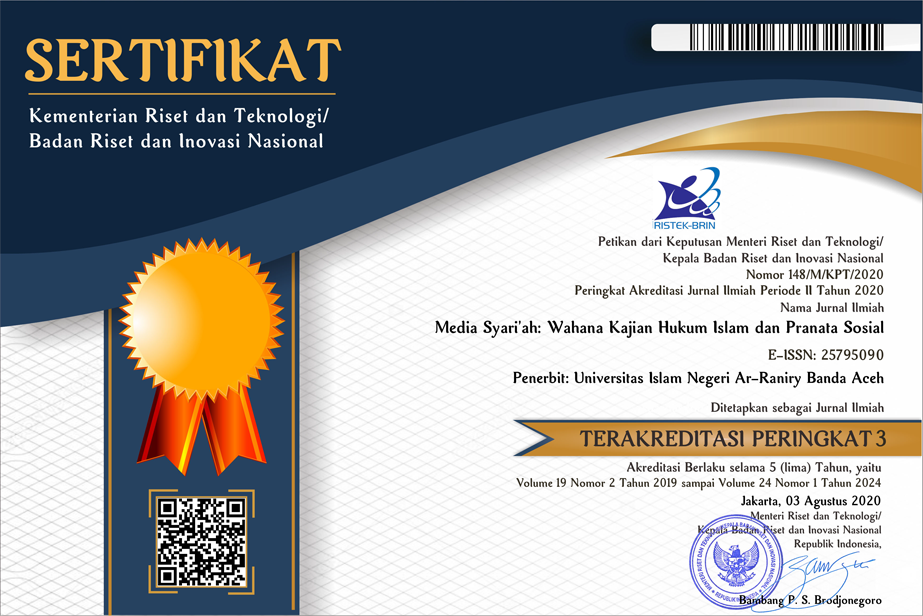
.png)
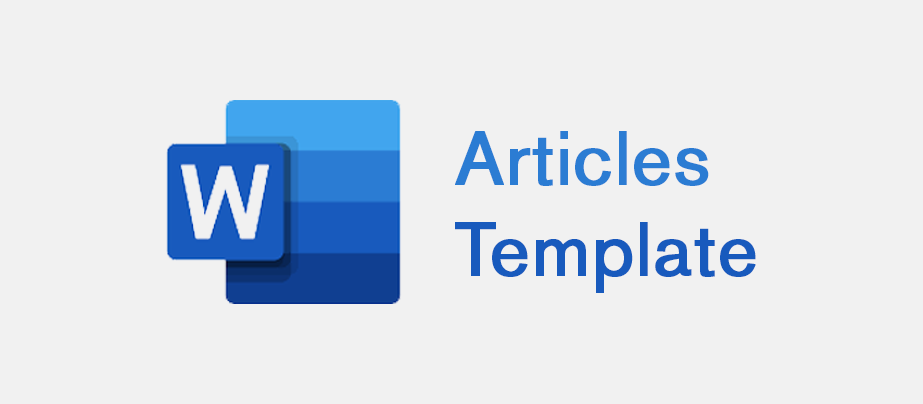
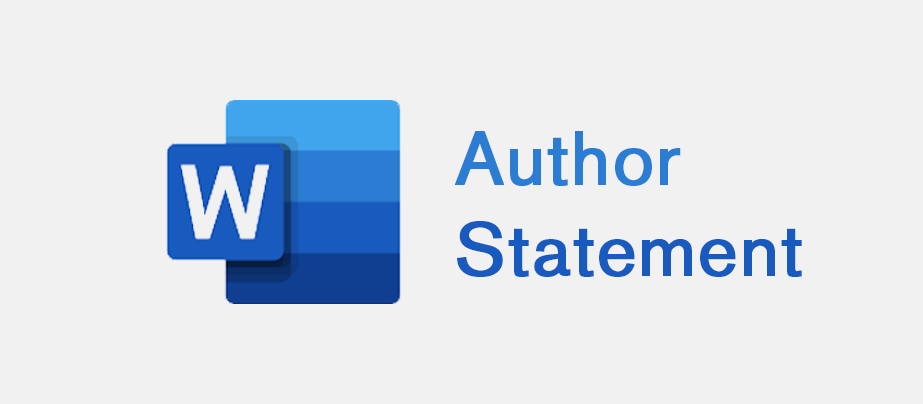
.png)
.png)
.png)



